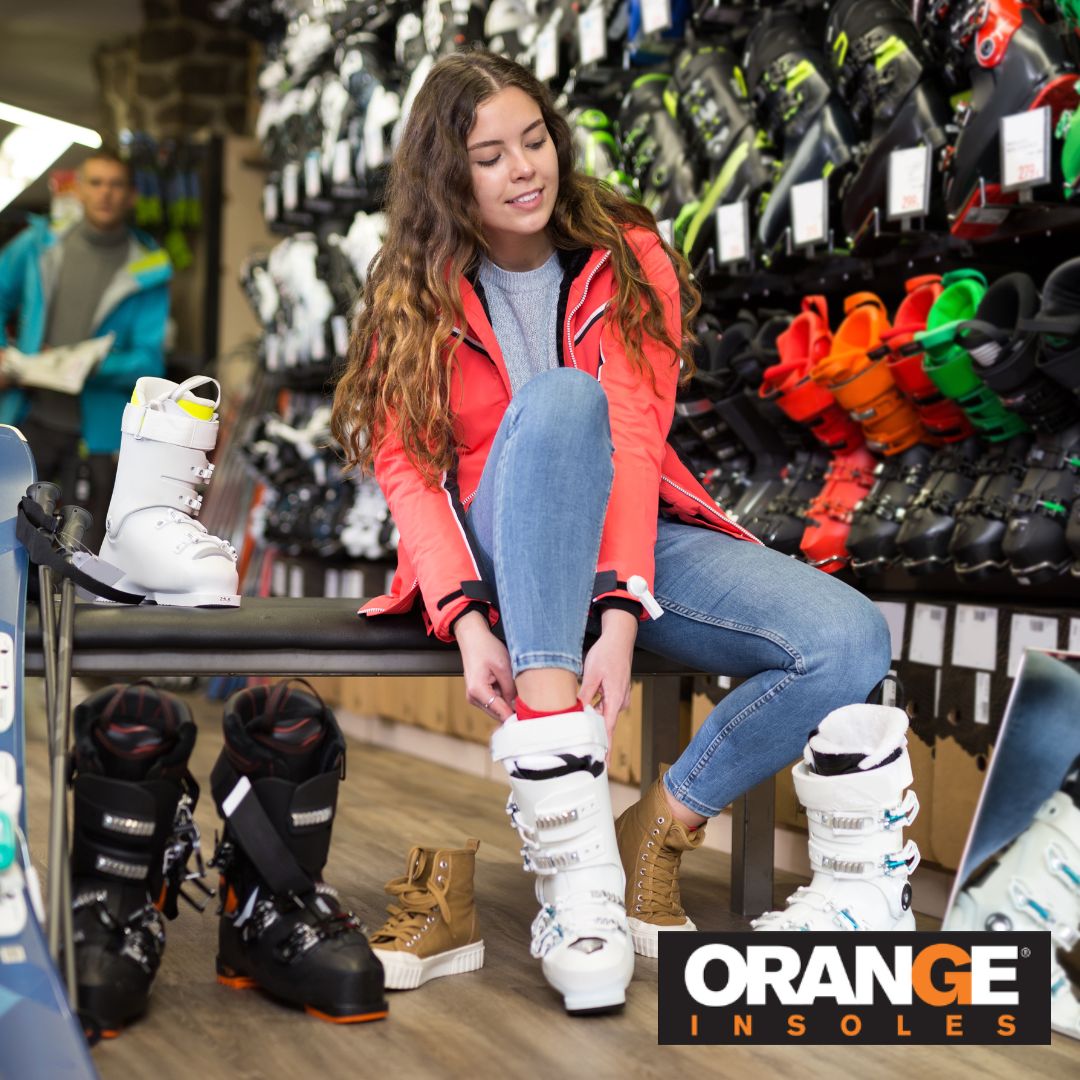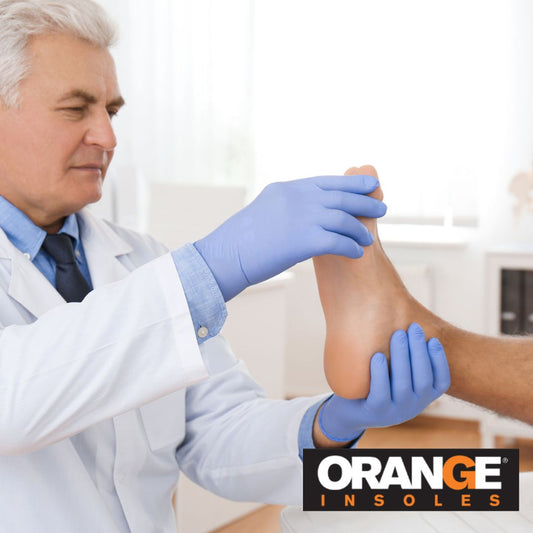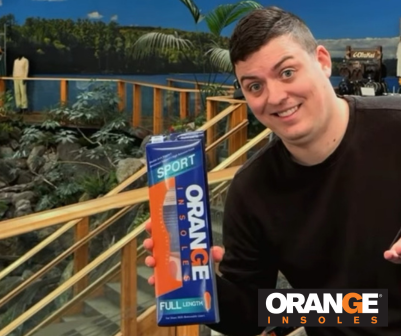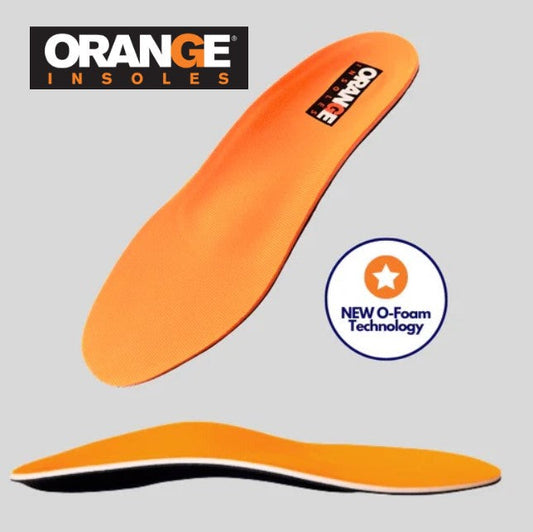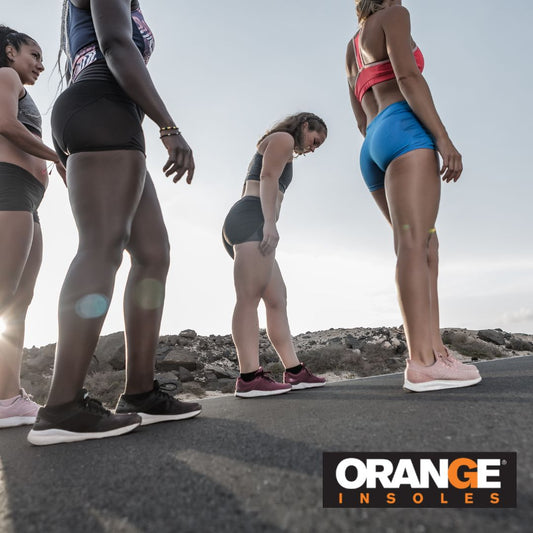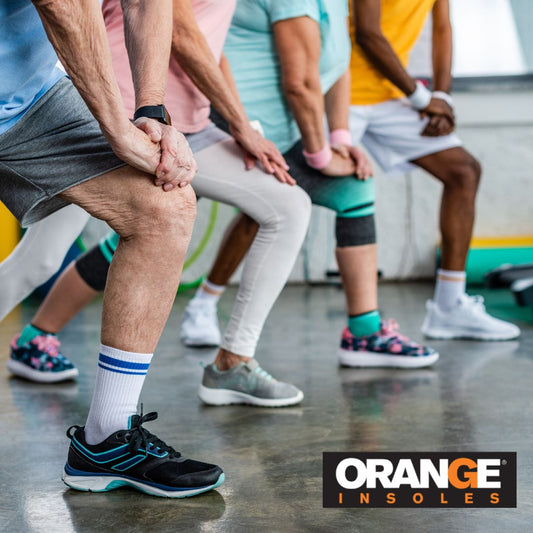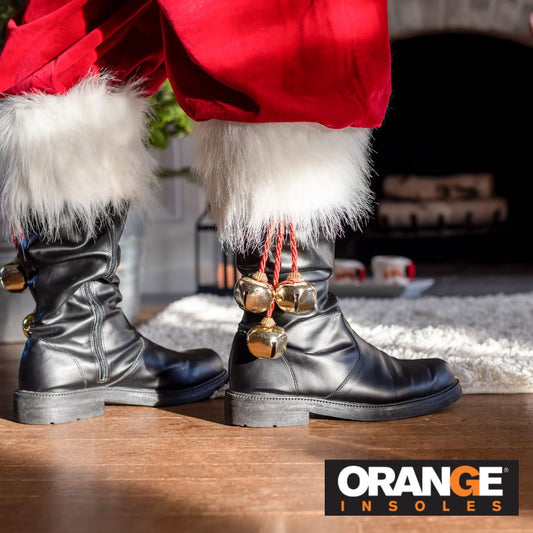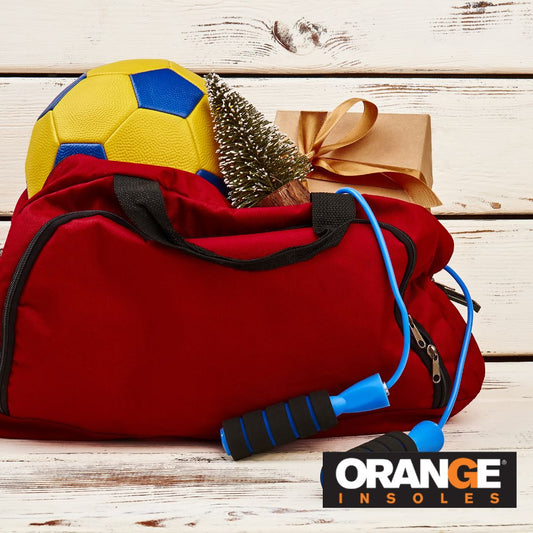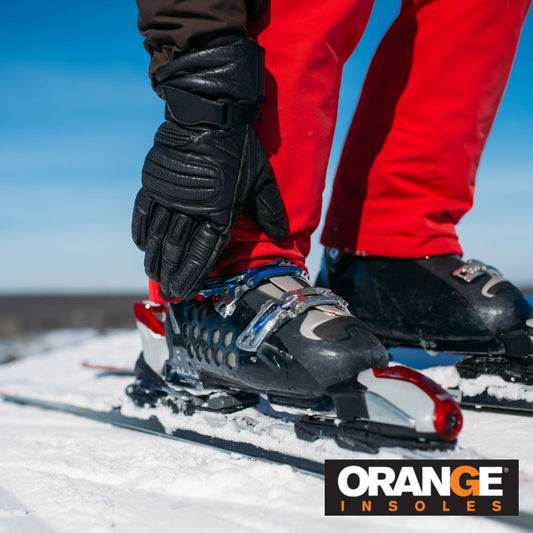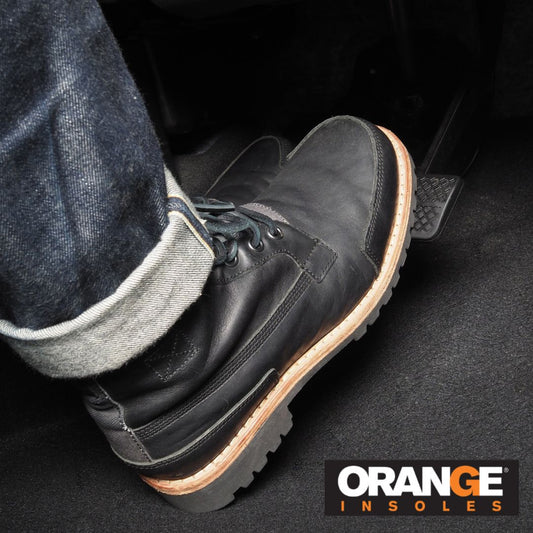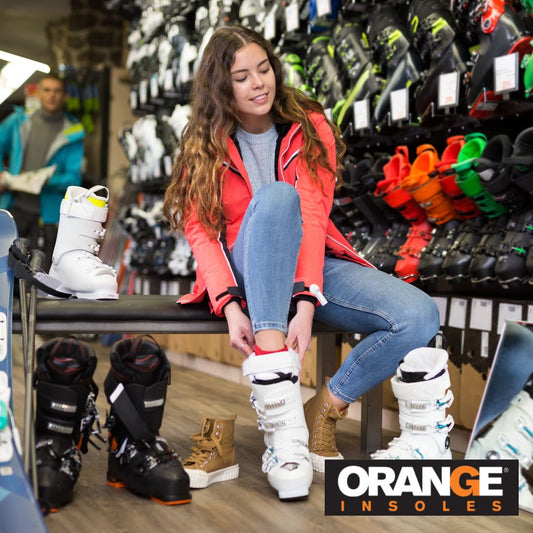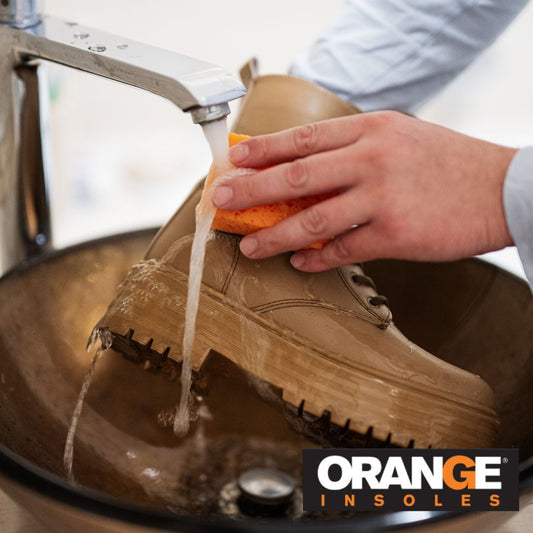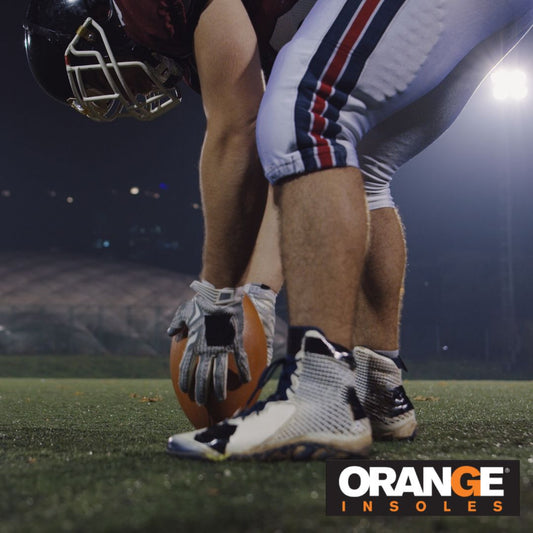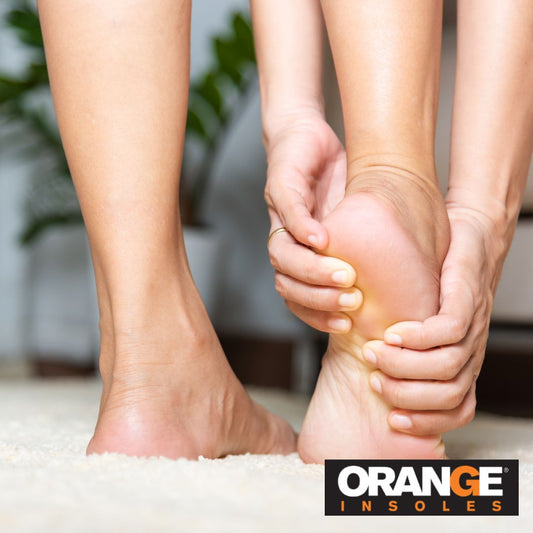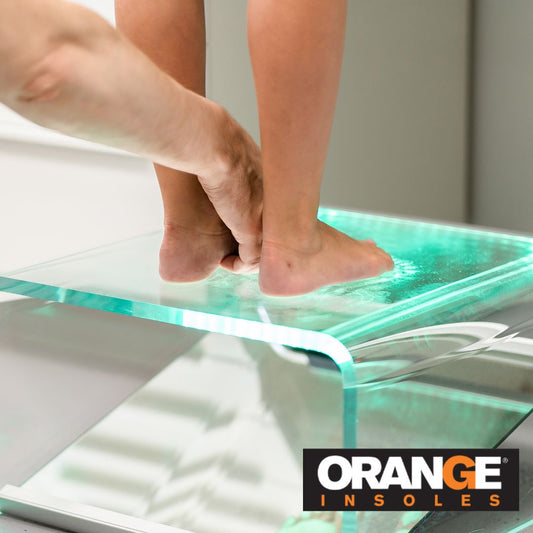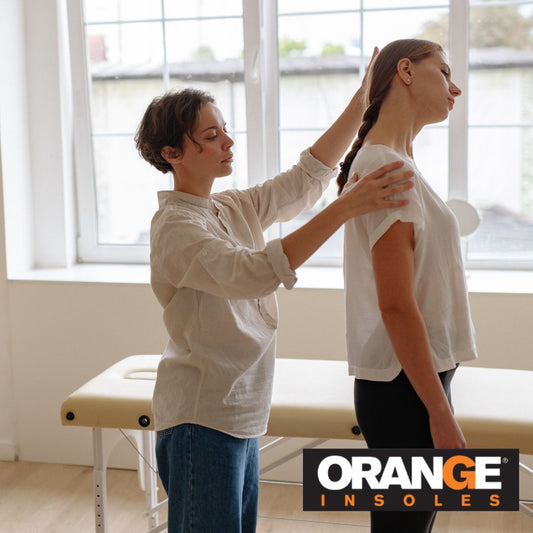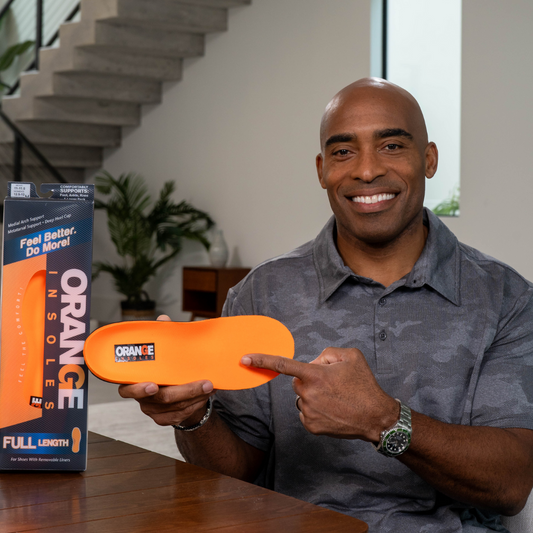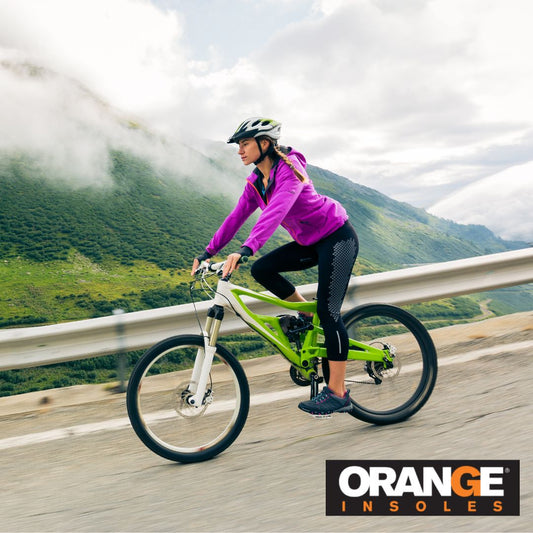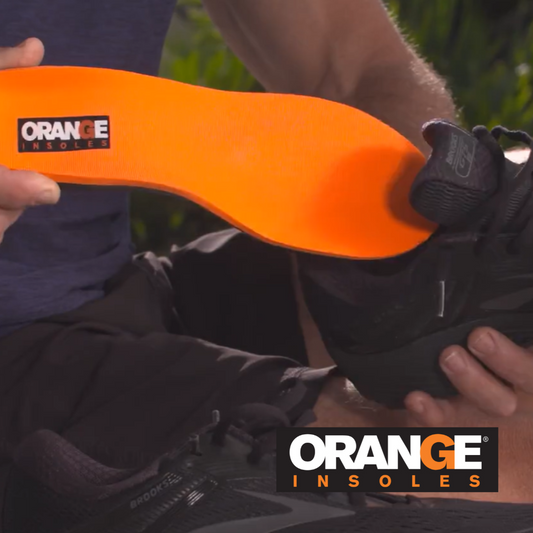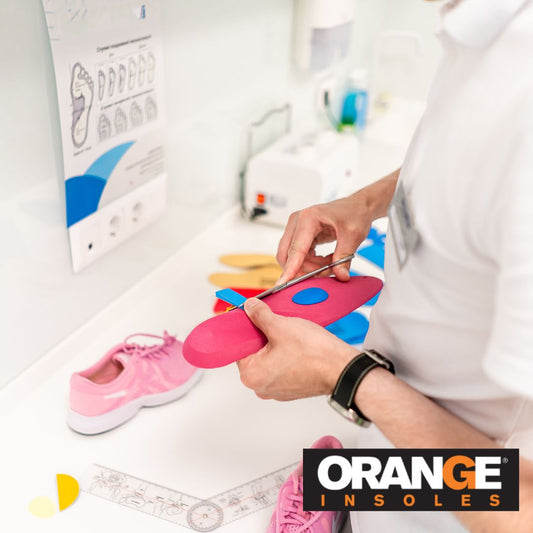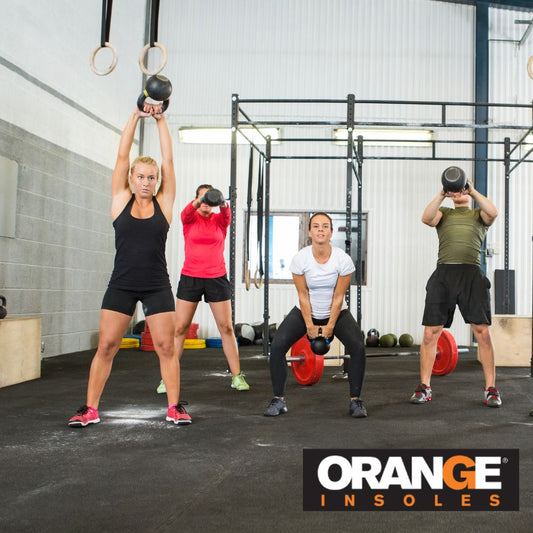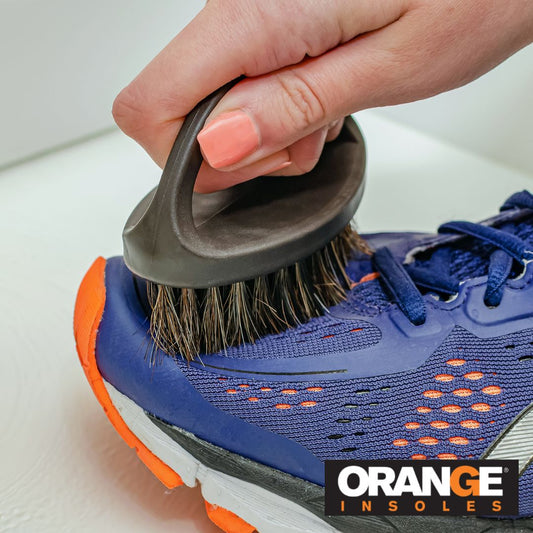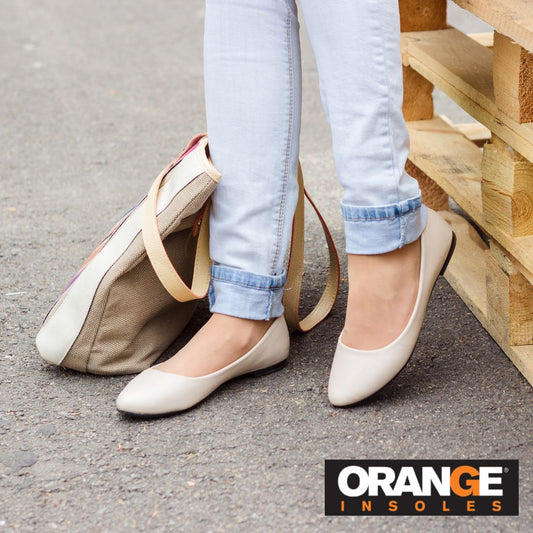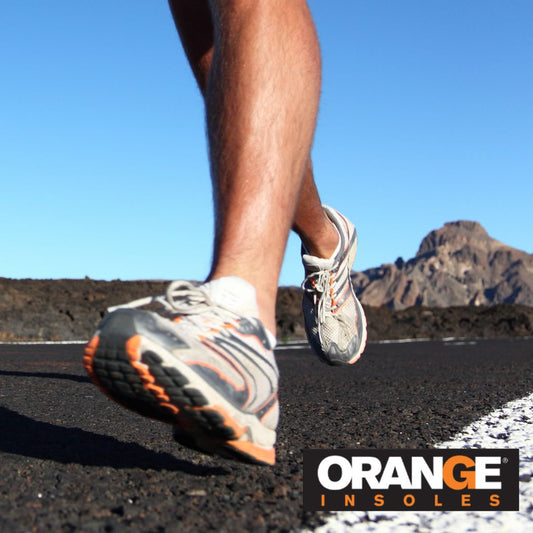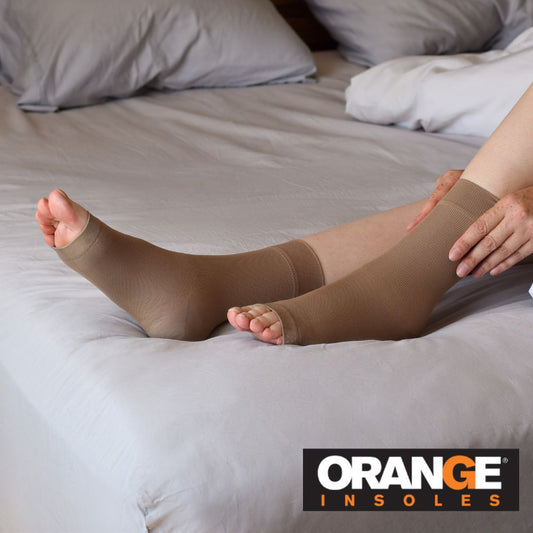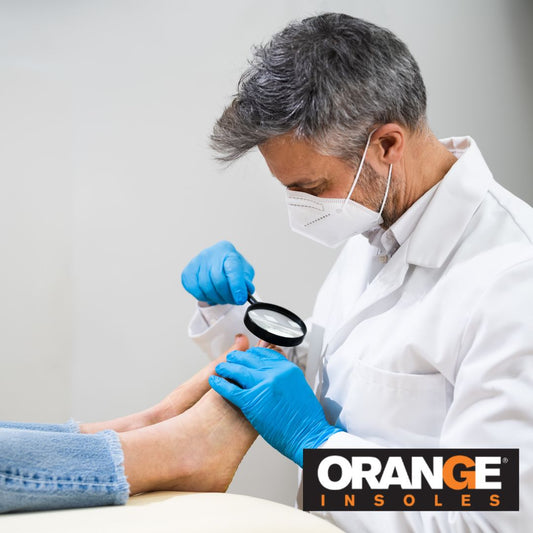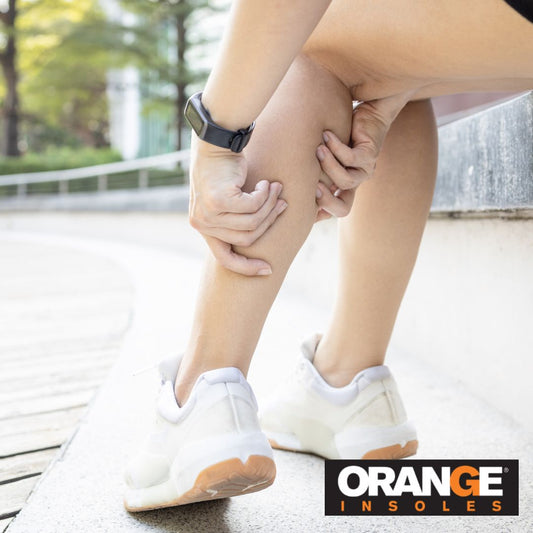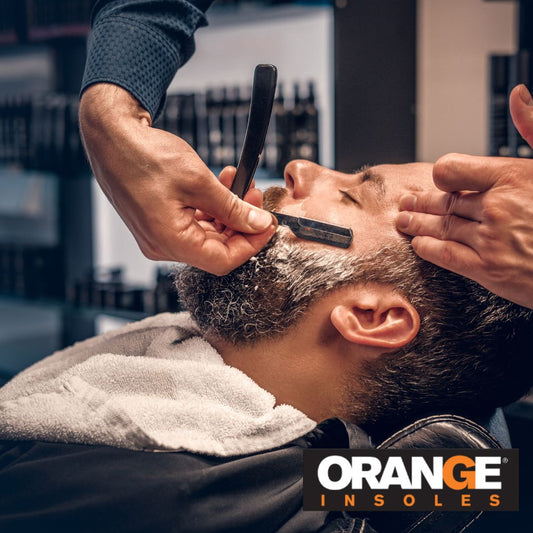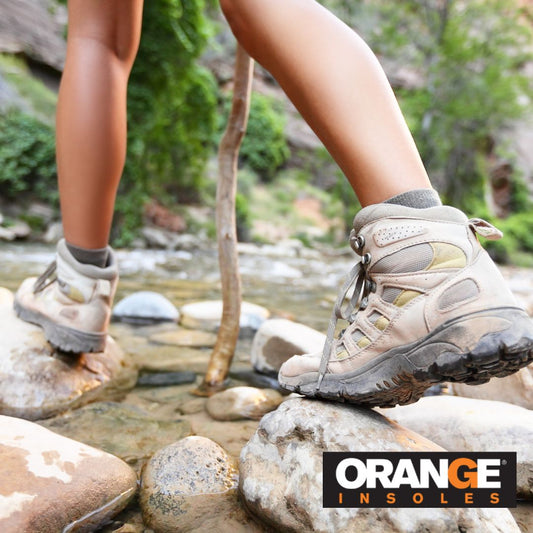Winter is here and for those of you who are interested in conquering the icy slopes, getting the right gear for you is one of the first steps. One of the most important gear items: ski boots. Choosing the wrong ski boots can lead to more than just a bad day on the slopes. Poorly fitting ski boots can cause discomfort, reduce your control, and even lead to injuries.
Why Proper Fit Matters in Ski Boots
The fit of your ski boots is essential to both comfort and performance. A well-fitted boot supports your foot, stabilizes your ankles, and aligns your knees, which enhances your control over skis. However, a poor fit can lead to a range of issues:
- Foot Pain and Numbness: Ski boots that are too tight or too loose may cause painful pressure points, numbness, and even circulation issues.
- Reduced Control and Fatigue: When your foot moves around in the boot, your energy isn't transferred effectively, making it harder to control your skis and causing your muscles to fatigue faster.
- Risk of Injury: Misalignment caused by ill-fitting boots increases the risk of knee and ankle injuries, which are common in skiing. A poor fit can also exacerbate overpronation (rolling inward) or supination (rolling outward), leading to pain in your feet, knees, and even lower back.
For a deeper dive into winter-related injuries and how to avoid them, check out our article on Common Winter Injuries and How to Prevent Them.
Steps to Find the Right Ski Boots
Here’s how to find a boot that suits your foot shape, skiing style, and experience level:
- Get a Proper Measurement: Ski boots have a unique sizing called Mondopoint, which measures the length of your foot in centimeters. Visiting a professional fitter can help ensure you get a measurement that includes both the length and width of your foot.
- Determine Your Flex Rating: Flex ratings indicate the stiffness of a boot, with lower ratings for beginner-friendly flexibility and higher ratings for expert-level stiffness. Your ideal flex depends on your skill level, skiing style, and weight. Beginners and lighter skiers benefit from a lower flex, while aggressive or heavier skiers may prefer a stiffer boot for more control.
- Consider Your Foot Shape: Ski boots come in various widths and volumes to accommodate narrow, average, and wide feet. A boot fitter can assess your foot shape and arch height to help you find the best option. For example, if you have a high arch or wide foot, a boot with more volume can be more comfortable.
- Don’t Forget Liners and Buckles: Liners mold to your feet over time, but high-quality liners will provide better insulation and comfort right from the start. Adjustable buckles help to secure the foot in place without excessive pressure.
The Role of Insoles in Ski Boot Fit and Comfort
Insoles might be the last thing you think about when it comes to ski boots, but they can make a significant difference. Standard ski boot liners often lack the necessary arch support to keep your feet in proper alignment, leading to discomfort and instability. Here’s how insoles can help:
- Improved Arch Support: A quality insole provides arch support, helping to distribute pressure evenly across the foot and minimizing strain on the arches. This support is particularly useful on the slopes, where the added pressure can worsen any foot misalignments.
- Enhanced Stability and Control: Insoles with deep heel cups and structured arch support help stabilize the foot, preventing unnecessary movement within the boot. This increased stability translates to better control on the slopes, reducing fatigue and muscle strain.
- Shock Absorption and Comfort: Skiing involves high-impact movements, and insoles with shock-absorbing materials like EVA foam reduce the stress on your feet and joints. By providing a layer of cushion, insoles help prevent blisters, pressure points, and soreness.
For more on how arch support can elevate your skiing experience, read Arch Support on the Slopes: Ski Boots & Insoles.
Breaking In Your Ski Boots and Insoles
After you’ve found the right ski boots and added supportive insoles, it’s important to break them in gradually for the best fit, comfort, and performance. Follow these steps to ensure your boots and insoles adapt to your feet effectively:
-
Start with Short Wear Sessions Indoors
Begin by wearing your new ski boots at home for short periods, around 15–30 minutes. This allows your feet to start adjusting to the fit without overloading your muscles or creating pressure points. -
Gradually Increase Wear Time
Over the next few days, increase the amount of time you wear your boots. Move up to an hour or two at a time, walking around your home or a safe space. This will help soften the boot materials and let your insoles mold to your feet gradually. -
Practice Flexing and Bending Movements
Mimic skiing movements by flexing your ankles, bending your knees, and practicing balance while wearing your boots. This helps the boots and insoles adapt to how you’ll move on the slopes and reduces stiffness in the boot shell. -
Check for Pressure Points and Adjust as Needed
After each session, check for any pressure points or areas that feel overly tight. Some boots may have adjustable buckles, and some insoles may shift slightly. Small adjustments now can prevent discomfort later when you’re skiing. -
Wear Ski Socks for a True Fit
Use the same ski socks you’ll wear on the slopes during these sessions. This ensures the thickness and fit are consistent, helping the boot liner and insole conform to the true shape of your foot. -
Allow Insoles to Settle
Adding insoles may also require a few sessions to fully settle into the boot. As you wear them, the insoles will mold to your foot’s unique arch, heel, and pressure distribution, ensuring maximum comfort and stability. -
Final Trial with Full Ski Gear
Once your boots and insoles feel comfortable, try them on with your full ski gear to assess any final adjustments. This complete setup helps you feel confident and secure with the fit before you hit the slopes.

Ready to Hit the Slopes with Confidence?
You’re definitely going to have a great time on the slopes if you are comfortable and safe with the pair of ski boots you have carefully chosen. Take time to really choose the right pair so that you can make the most out of your winter holidays and avoid injuries that are preventable. If you’re ready to elevate your skiing experience with enhanced support, take a look at our insole options to find the perfect fit.




